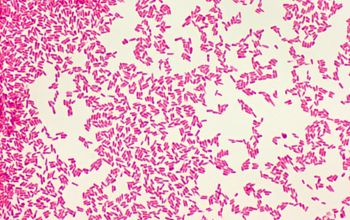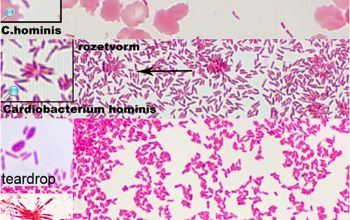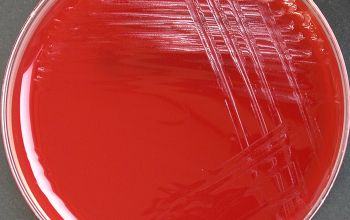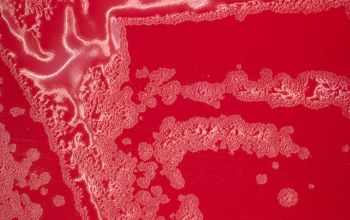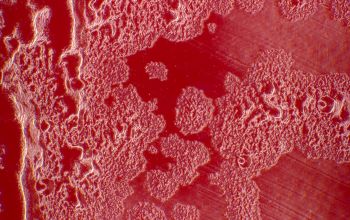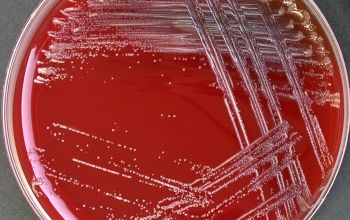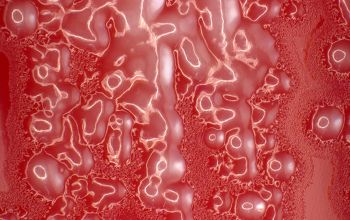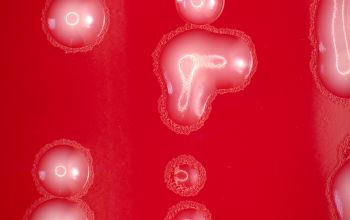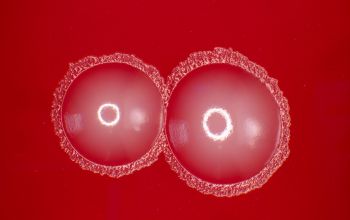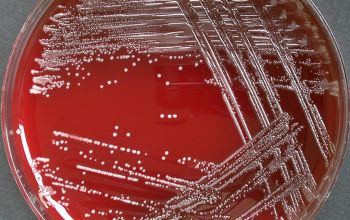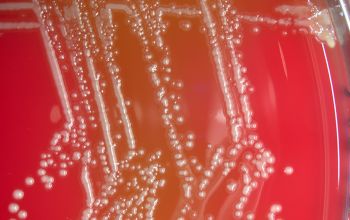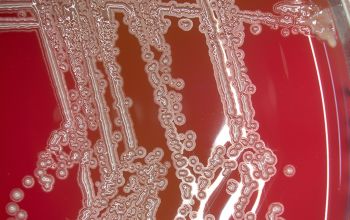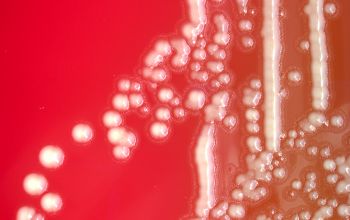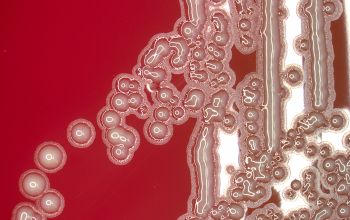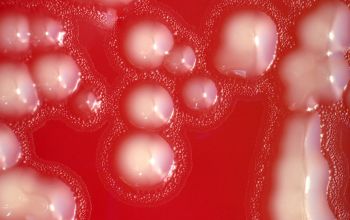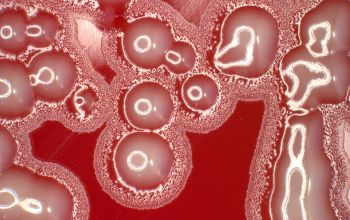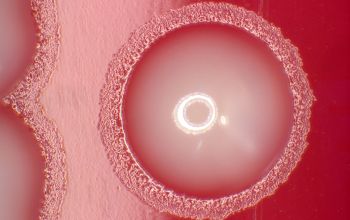Cardiobacterium hominis
-
General information
Taxonomy
Family: Cardiobacteriaceae
HACEK
The HACEK organisms are a group of fastidious Gram-negative bacteria that are an unusual cause of infective endocarditis, which is an inflammation of the heart due to bacterial infection.
HACEK is an abbreviation of the initials of the genera of this group of bacteria:
Haemophilus aphrophilus (Aggregatibacter aphrophilus)
Aggregatibacter actinomycetemcomitans (previously Actinobacillus)
Cardiobacterium hominis
Eikenella corrodens
Kingella kingae.
The HACEK organisms are a normal part of the human microbiota, living in the oral-pharyngeal region.
The bacteria were originally grouped because they were thought to be a significant cause of infective endocarditis, but recent research has shown that they are rare and only responsible for 1.4–3.0% of all cases of this disease.
Natural habitats
The oral cavity and nasopharynx but possibly also the gastrointestinal and urogenital tract of humans.
Clinical significance
Human disease is mainly endocarditis (HACEK), on rare occasions, they have been isolated from other body sites
-
Gram stain
Pleomorphic or straight Gram negative rods,
0.5-0.75 x 1.0-3.0 µm
with rounded ends and long filaments may occur.
They are arranged singly, in pairs, in short chains and in rosette clusters
Parts of the cell can stain Gram positive
-
Culture characteristics
-
Facultative anaerobic
5% CO2 improves the growth
BA: growth on blood agar is very poor.
After incubation for two days, colonies are 1 mm, circular, smooth and opaque, and may pit the agar.
Slight α-haemolysis
Addition of yeast extract to the medium (e.g., chocolate agar) seems to abolish this pleomorphism
McConkey: no growth
BBAØ: growth
-
-
Characteristics
-
References
James Versalovic et al.(2011) Manual of Clinical Microbiology 10th Edition
Karen C. Carrol et al (2019) Manual of Clinical Microbiology, 12th Edition

